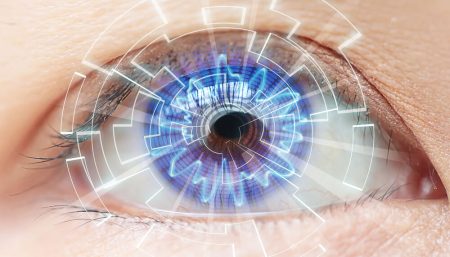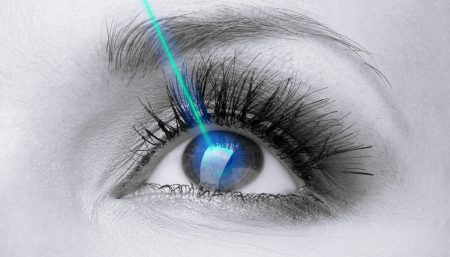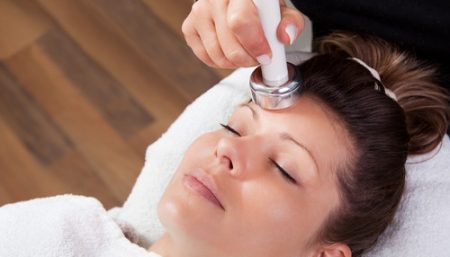Fraxel is a fractional skin resurfacing treatment, which means it only targets a fraction of the skin at a time it leaves the surrounding tissue intact, which promotes very rapid healing.
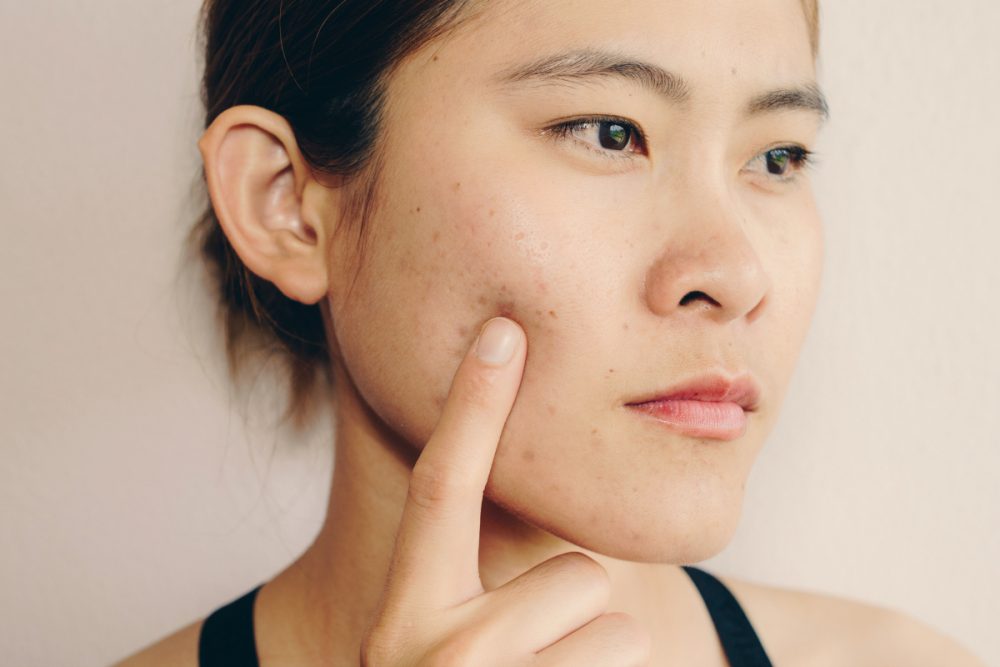
The microscopic laser columns penetrate deep into the skin and expedite body’s remodelling of collagen.
Work with a qualified provider, such as a board-certified dermatologist or plastic surgeon, to find the right type of fractional laser for your skin and recovery needs.
Fraxel laser treatment is opted by many primarily for three reasons:
- Hyperpigmentation or sun damage
- Wrinkles
- Acne scarring.
People most commonly have lasers applied to their whole faces, but the neck, décolletage, hands, and arms are also popular areas to treat.
What One Should Know before Opting for Treatment?
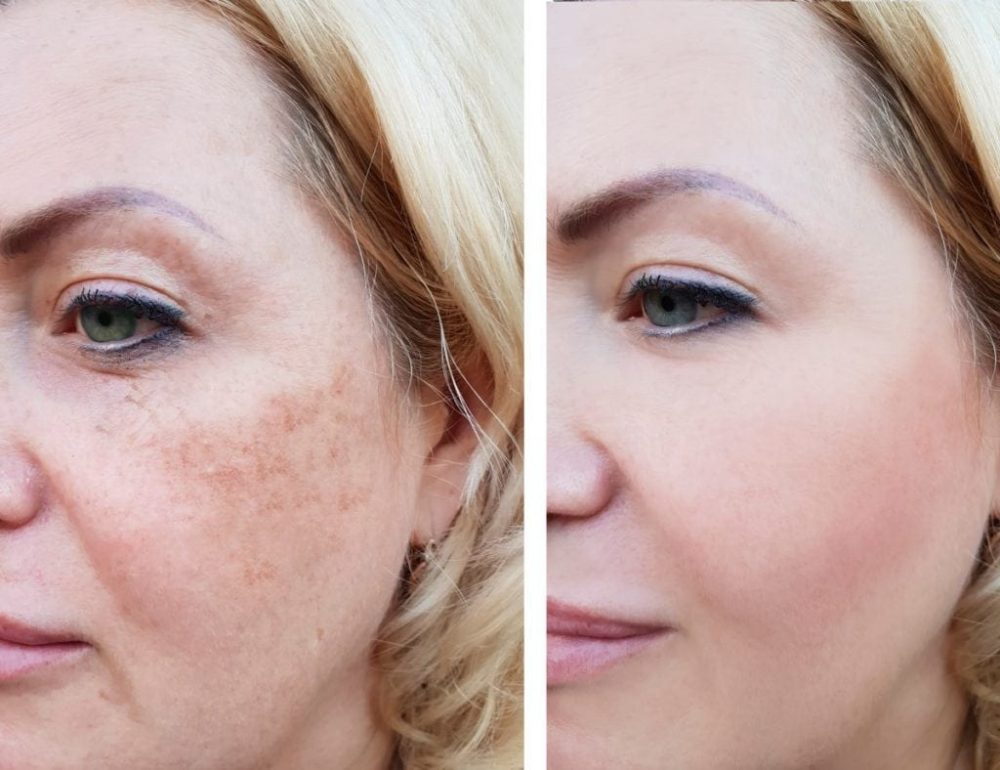
- Stop using any retinoids, peels, acids, or products that can cause skin sensitivity for a full a week before your treatment.
- Do not opt for treatment if you’re in the middle of an intense breakout, postpone your treatment until your zits have calmed down.
- Time Duration: The laser treatment itself is relatively quick—about 15 to 25 minutes—but expect at least another 45 minutes for the topical anesthesia (numbing cream) to kick in before getting started.
- During the first two days, you can expect redness, throbbing, and swelling (like a sunburn), then between days three to five, your skin will start to roughen up and peel. As tempting as it is to pick at the flakes, resist the urge and allow your skin to heal on its own or you’ll risk scarring.
This treatment has minimal side-effects. The results of a Fraxel treatment last at least a year, but it varies wildly from patient to patient.
Post Treatment Care
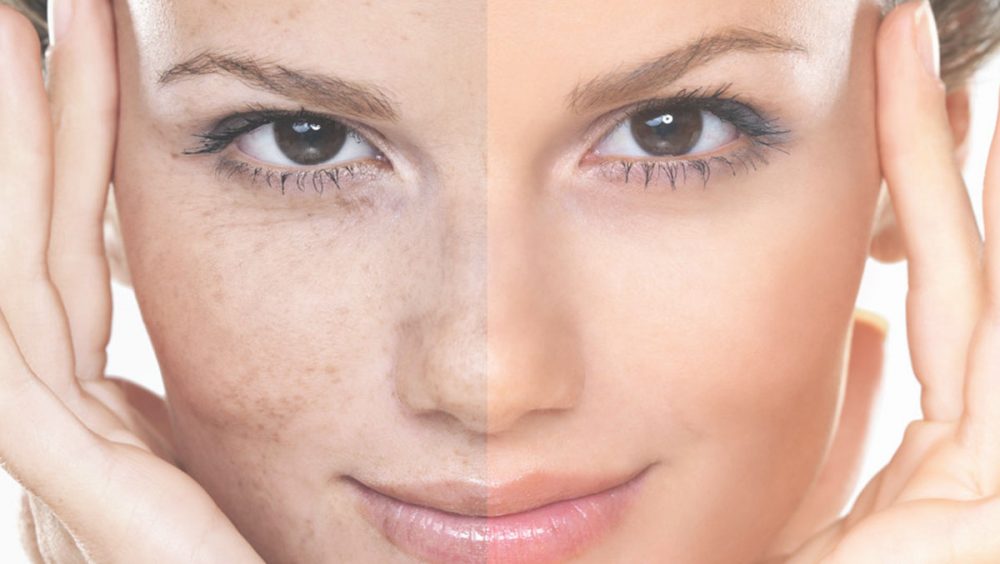
- Wash your face twice a day during recovery to keep the area clean and make sure to only use a gentle cleanser (that means absolutely no chemical or physical exfoliators).
- In the morning, apply a vitamin C serum, which will penetrate the skin even better after a treatment and following it up with a lightweight moisturizer three to four times a day.
Note: Immediately following the treatment, your face might feel hot or inflamed. You shouldn’t try to cool your skin with an ice pack, which could cause an ice burn on top of everything else.
Disclaimer
The Content is not intended to be a substitute for professional medical advice, diagnosis, or treatment. Always seek the advice of your physician or other qualified health provider with any questions you may have regarding a medical condition.

